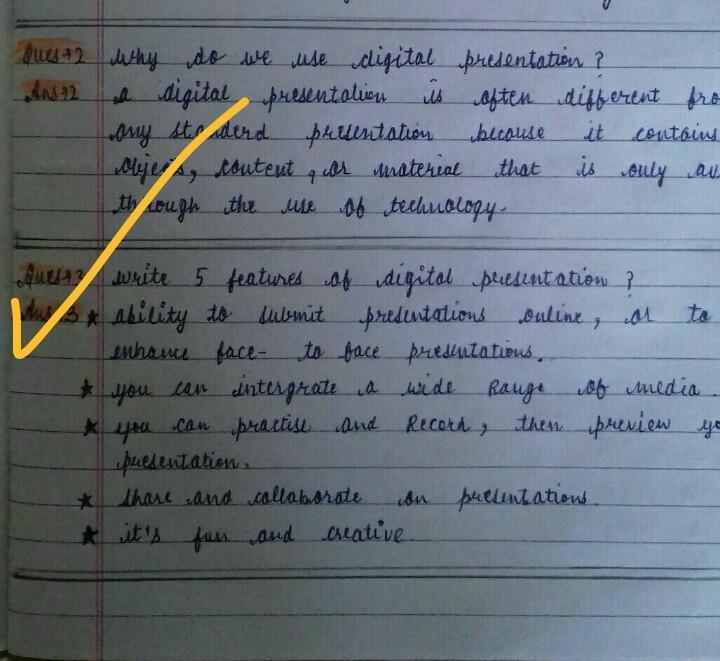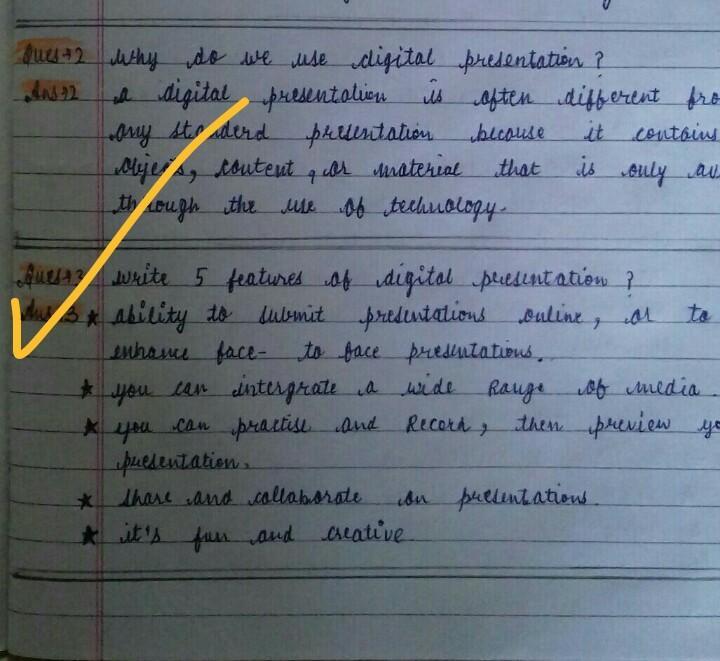Should I Be Overprepared for a Presentation in the Boardroom?
Yes, you should be overprepared for a presentation in the boardroom. Being well-prepared boosts confidence and ensures a smooth delivery.
Presenting in the boardroom demands thorough preparation. Executives expect detailed insights and clear communication. Overpreparation helps anticipate questions and manage unforeseen issues. It also demonstrates professionalism and commitment. This level of readiness leaves a strong impression and enhances credibility. By being overprepared, you can navigate the presentation with ease and address any concerns confidently.
It’s better to have more information than needed than to be caught off guard. This approach ensures that you can deliver a compelling, informative, and persuasive presentation that meets the board’s expectations.
The Importance Of Preparation
Preparing for a boardroom presentation is crucial. It ensures you deliver your message clearly. Proper preparation boosts your confidence. It also helps you avoid mistakes. This section highlights why you should prepare well.
Building Confidence
Confidence is key in any presentation. Thorough preparation helps build it. You will know your material well. This reduces anxiety. You can answer questions easily. Practicing your speech makes it flow smoothly. You will appear more professional. Your audience will trust you more.
Ensuring Clarity
Clear communication is essential. Preparation ensures your points are clear. You can organize your thoughts better. This avoids confusion. Your audience will understand your message. They will remember it better. Use simple language. Avoid jargon. This makes your presentation accessible to everyone.
| Benefits of Preparation | Details |
|---|---|
| Building Confidence | Know your material, reduce anxiety, appear professional |
| Ensuring Clarity | Organize thoughts, avoid confusion, use simple language |
Understanding Your Audience
Understanding your audience is crucial for a successful boardroom presentation. Knowing who will listen helps tailor your message. This will make your points clearer and more impactful. Let’s explore how to achieve this.
Know Their Expectations
First, understand what your audience expects. Board members usually want clear, concise information. They prefer facts and data over long stories. Here are some ways to know their expectations:
- Research their background: Know their roles and experiences.
- Identify their goals: Understand what they aim to achieve.
- Ask questions: If possible, ask what they want to learn.
Meeting their expectations keeps them engaged. This will increase the impact of your presentation.
Tailor Your Message
Once you know their expectations, tailor your message accordingly. Focus on information that matters to them. Use language they understand. Here are some tips:
- Use relevant examples: Pick examples that resonate with your audience.
- Simplify complex ideas: Break down complex topics into simple terms.
- Highlight key points: Emphasize the most important information.
By tailoring your message, you make it easier for them to follow. This helps to keep their attention and interest.
Crafting Your Message
Being overprepared for a boardroom presentation can make or break your success. Crafting your message is crucial for effective communication. This section will guide you on creating a compelling message that resonates.
Key Points To Address
Identify the main points you need to cover. This keeps your presentation focused.
- Highlight your objectives.
- Discuss the challenges and opportunities.
- Include relevant data and statistics.
- Propose solutions and actions.
Each point should support your overall message. This ensures clarity and impact.
Avoiding Overload
Too much information can overwhelm your audience. Stick to the essentials.
- Limit your slides to a few key ideas.
- Use bullet points for easy reading.
- Avoid complex charts and graphs.
- Keep your language simple and direct.
Less is often more. A clear, concise message is more memorable.
Here’s a quick comparison:
| Overprepared | Well-prepared |
|---|---|
| Too many slides | Focused slides |
| Complex language | Simple language |
| Information overload | Concise points |
Follow these tips to craft a powerful, engaging message.
Visual Aids And Materials
Visual aids and materials are essential for a successful boardroom presentation. They can help clarify points, keep the audience engaged, and enhance the overall impact of your message. Proper use of visual aids ensures that your presentation stands out and effectively communicates your key points. Below are some important aspects to consider:
Effective Use Of Slides
Slides should be simple, clear, and visually appealing. Use high-quality images and graphics to support your message. Avoid cluttering slides with too much text. Instead, use bullet points to highlight key points. Ensure that your font size is readable, even from the back of the room. Here’s a quick checklist for effective slides:
- Clear, high-quality images
- Readable font size
- Minimal text
- Consistent design
Handouts And Reports
Handouts and reports provide detailed information that complements your presentation. They allow the audience to follow along and reference the material later. Ensure handouts are well-organized and easy to read. Use tables to present complex data clearly. Here’s how to create effective handouts and reports:
- Organize information logically
- Use tables for complex data
- Include a summary of key points
- Ensure readability
Here’s an example of how to present data in a table:
| Aspect | Recommendation |
|---|---|
| Images | Use high-quality visuals |
| Text | Minimal and clear |
| Font Size | Readable from a distance |
| Design | Consistent and professional |
Rehearsal Techniques
Rehearsal techniques can greatly enhance your presentation skills in the boardroom. Practicing helps you refine your message and delivery. Below, we explore effective rehearsal techniques to ensure you’re well-prepared.
Practice Runs
Practice runs are essential for mastering your presentation. Rehearse your speech multiple times. This helps you get comfortable with the material. You can practice alone or in front of a mirror. Recording yourself is another helpful strategy.
- Time your presentation: Ensure you stay within the allotted time.
- Use visual aids: Practice with your slides or props.
- Focus on pacing: Maintain a steady and engaging pace.
Practice runs also help identify potential issues. You can adjust your content accordingly. The more you practice, the more confident you’ll feel.
Seeking Feedback
Seeking feedback is crucial for improvement. Present in front of friends or colleagues. They can offer valuable insights and suggestions.
| Feedback Source | Advantages |
|---|---|
| Colleagues | They understand the professional context. |
| Friends | They provide honest and straightforward feedback. |
Ask for specific feedback points:
- Clarity of message
- Body language
- Engagement level
Implement the feedback in subsequent rehearsals. This iterative process ensures continuous improvement.
Managing Nerves
Managing nerves during a boardroom presentation is crucial. Feeling nervous is normal, but you can control it. Here are some effective techniques to help you stay calm and confident.
Relaxation Techniques
Relaxation techniques can significantly reduce anxiety. Practice deep breathing before your presentation. Inhale through your nose for four counts, hold for seven counts, and exhale through your mouth for eight counts. Repeat this cycle three times to calm your nerves.
Another technique is progressive muscle relaxation. Tense each muscle group for five seconds, then release. Start with your toes and work your way up to your head. This method helps you feel more relaxed and grounded.
Positive Visualization
Positive visualization is a powerful tool. Imagine yourself giving a successful presentation. See the audience engaged and responsive. Picture yourself speaking clearly and confidently.
Spend a few minutes each day visualizing your success. It can boost your confidence and reduce anxiety. Positive thoughts can lead to positive outcomes.
Handling Q&a Sessions
Handling Q&A sessions in the boardroom can be daunting. Being prepared for questions can make a big difference. This section will guide you on how to handle Q&A sessions effectively.
Anticipating Questions
Before your presentation, think about possible questions. Write them down and create answers. This helps you feel more confident. Consider common questions about your topic. Also, think about the concerns of your audience.
Here are a few tips to anticipate questions:
- Review your presentation for any unclear points.
- Ask colleagues for their thoughts on possible questions.
- Think about the interests of your audience.
Staying Composed
Staying calm during Q&A sessions is crucial. Take a deep breath before answering. Speak slowly and clearly. If you don’t know an answer, it’s okay to say so.
Follow these steps to stay composed:
- Listen carefully to each question.
- Pause for a moment to gather your thoughts.
- Respond with confidence and clarity.
Here is a simple table to remember:
| Step | Action |
|---|---|
| 1 | Listen carefully |
| 2 | Pause and think |
| 3 | Answer with confidence |
Practice these steps to handle any Q&A session with ease.
Balancing Overpreparation
Being prepared for a boardroom presentation is crucial. But, overpreparing can lead to unexpected issues. Balancing overpreparation means being ready but also being flexible.
Avoiding Rigidity
Overpreparing can make you too rigid. This rigidity can cause you to struggle if things don’t go as planned. It’s good to know your material well, but you also need to be able to adapt.
Consider these points to avoid being too rigid:
- Don’t memorize every word.
- Understand the key points instead.
- Practice with different scenarios.
Staying Adaptable
Staying adaptable is key in a presentation. You may face unexpected questions or changes. Being adaptable helps you handle these surprises smoothly.
Here are some tips to stay adaptable:
- Practice answering potential questions.
- Stay calm under pressure.
- Keep an open mind.
| Aspect | Overpreparation | Balanced Preparation |
|---|---|---|
| Flexibility | Low | High |
| Confidence | High but fragile | Steady |
| Engagement | Potentially low | High |
Balance preparation and adaptability. This ensures a smooth, engaging presentation. It helps you connect with the audience and handle surprises well.
Frequently Asked Questions
Is Overpreparation Necessary For Boardroom Presentations?
Overpreparation ensures confidence and covers all possible questions, boosting your credibility with the board members.
How Can I Avoid Overpreparation Stress?
Plan your key points, practice in moderation, and focus on clarity. This reduces stress and enhances delivery.
What Are The Risks Of Underpreparing?
Underpreparing can lead to missed points, reduced confidence, and a lack of engagement with the board members.
Conclusion
Being overprepared for a boardroom presentation can boost confidence and effectiveness. It helps anticipate questions and manage unexpected issues. Striking the right balance between preparedness and flexibility is crucial. Remember, thorough preparation reflects professionalism and commitment, essential for making a lasting impression on your audience.




